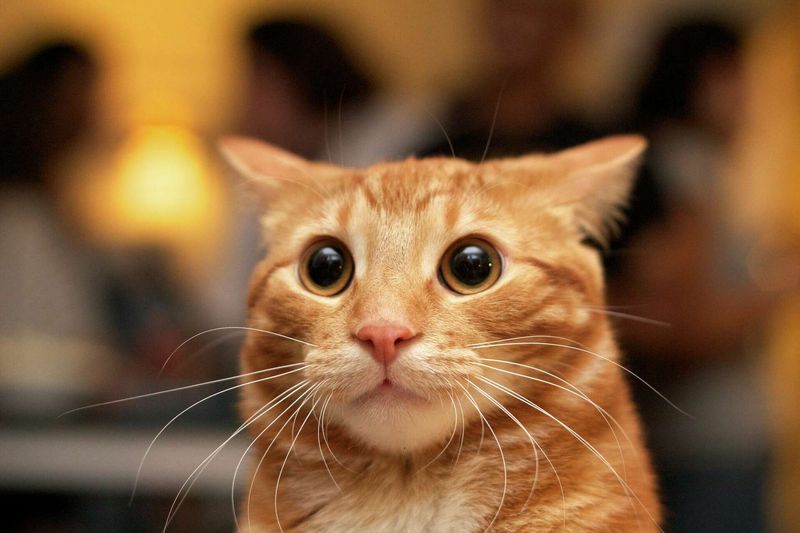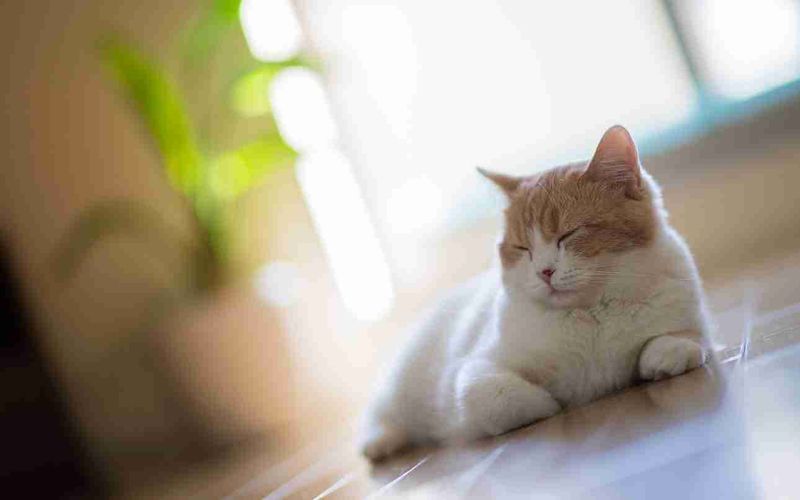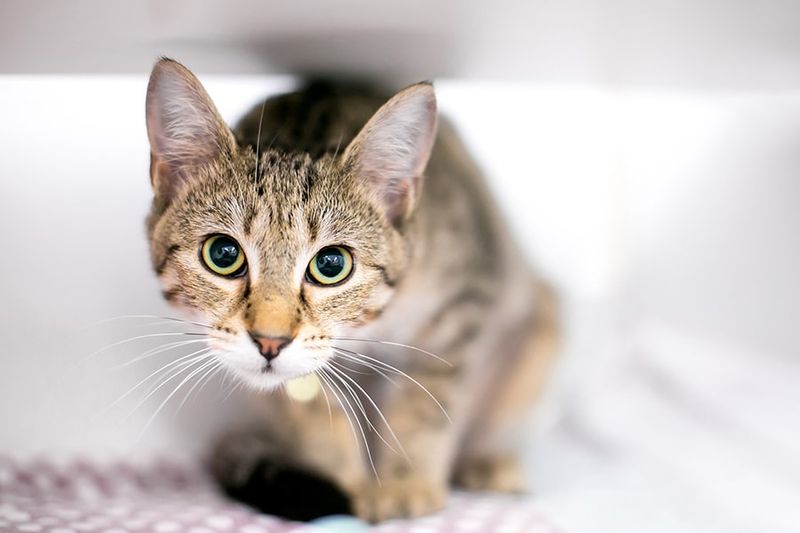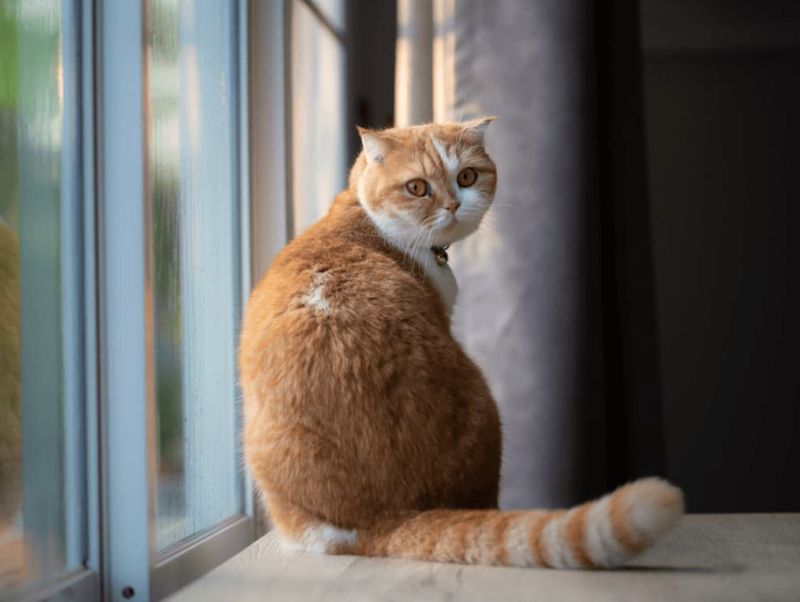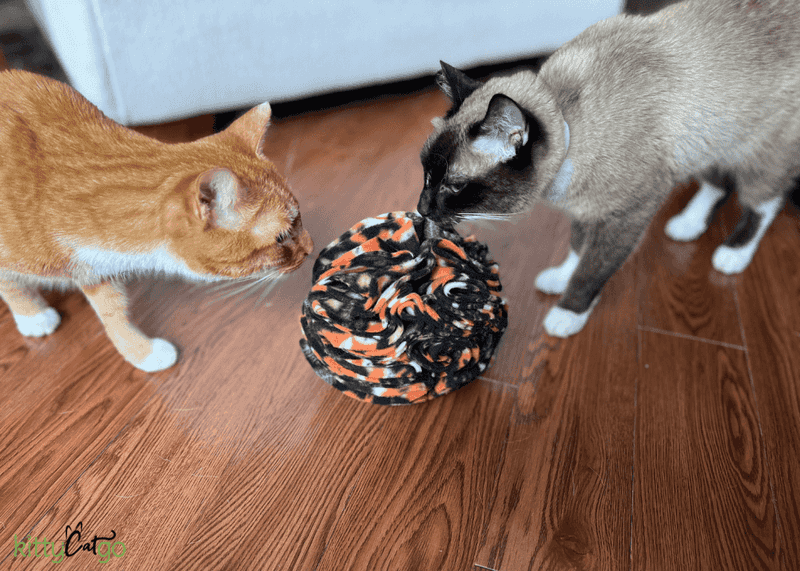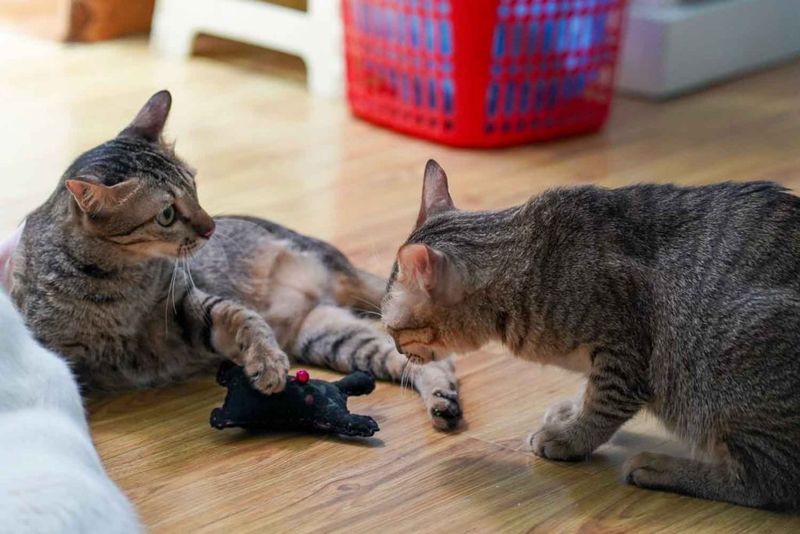📖 Table of Content:
Cats are known for their grace, independence, and mysterious personalities—but beneath those elegant exteriors, some felines harbor deep wells of worry. While it’s easy to interpret a cat’s nervous behavior as simply being aloof or skittish, the truth is far more complex. Anxiety in cats is a real and impactful condition that can stem from a variety of sources, ranging from genetics to life experiences.
Not every cat reacts the same way to a given situation. What may appear as a minor environmental change to one cat could trigger significant stress in another. This variability can be confusing for owners who want the best for their pets but don’t understand why their cat is constantly hiding, hissing, or acting out in subtle ways. Understanding the root causes of feline anxiety is the first step to creating a calmer and more secure home environment.
In this article, we explore 10 key reasons why some cats worry more than others. Each factor plays a role in shaping a cat’s emotional landscape, and by unpacking these reasons, we can learn how to better support our feline companions through thoughtful care, patience, and awareness.
1. Genetics and Breed Predisposition
Certain cat breeds are naturally more sensitive and high-strung due to genetic predispositions. Siamese cats, for example, are often more vocal and emotionally expressive, which can be linked to heightened anxiety. Genetics plays a strong role in determining temperament and how a cat processes stress. This means some cats are simply born with a nervous temperament, much like humans. Breeds such as Bengals and Abyssinians may also be more reactive to environmental stimuli. These tendencies don’t doom a cat to a life of anxiety but do require more attentive handling and enrichment. Understanding breed-specific behavior helps set realistic expectations and informs how best to care for the cat’s emotional needs.
2. Early Life Experiences
Formative experiences during kittenhood can significantly influence a cat’s comfort with the world. Cats that are not exposed to humans, noises, or varied environments during the early socialization period often remain timid. If a kitten is taken from its mother or littermates too soon, this disruption can impair emotional development. Without adequate human contact before 9 weeks of age, many cats become wary and withdrawn. These early setbacks can echo throughout adulthood, manifesting in fear-based behaviors. Later socialization efforts can help, but the imprint of those first few weeks is hard to erase. Giving kittens safe, positive early experiences is essential for building confident adult cats.
3. Traumatic Events
Experiencing trauma can reshape a cat’s entire worldview. A single frightening encounter—like being attacked by a dog, falling from a height, or surviving abandonment—can induce lasting anxiety. Cats often associate fear with locations, people, or sounds tied to the event. Repeated trauma, such as abuse or neglect, deepens these associations and erodes trust. Fear-based aggression or chronic hiding may result, even in otherwise stable environments. Recovery from trauma requires patience, consistent care, and often the help of a behaviorist. While time may dull the edges of fear, deeply traumatized cats may always carry a kernel of worry within them.
4. Lack of Safe Spaces
A cat without a place to retreat and relax is a cat that never fully lets down its guard. Environmental design is critical to feline well-being, and the absence of hiding spots, perches, or quiet corners can foster anxiety. Cats crave vertical space and cozy, out-of-sight spots to observe their territory without feeling exposed. In households with loud children, dogs, or high foot traffic, this need becomes even more important. Without sanctuary, stress builds up, leading to withdrawn behavior or sudden outbursts. Creating a secure zone—like a covered bed or a cat tree—can be a simple, effective solution. Cats that feel safe are more likely to express curiosity rather than fear.
5. Changes in Environment
Disruptions to a cat’s environment can spark significant emotional upheaval. Cats are creatures of habit who depend on routine to feel in control. Something as seemingly harmless as rearranging furniture, adding new scents, or bringing in a new roommate can trigger stress responses. Relocating to a new home or frequent travel is especially destabilizing for sensitive felines. Even well-adjusted cats may need days or weeks to adapt to change. Signs of worry may include overgrooming, loss of appetite, or inappropriate elimination. Supporting a cat through transitions with consistency and patience makes a huge difference in their adjustment.
6. Health Issues
Undiagnosed medical conditions often masquerade as behavioral problems. A cat suffering from chronic pain, such as arthritis or dental disease, may become reclusive or irritable. Neurological issues or thyroid disorders can also provoke anxiety-like symptoms. Instead of expressing discomfort directly, cats often alter their behavior in subtle but significant ways. These changes may include hiding, vocalizing excessively, or refusing to eat. A visit to the vet is crucial whenever a cat shows sudden or uncharacteristic worry. Treating the underlying health problem often leads to an improvement in emotional well-being.
7. Separation Anxiety
Some cats form very close attachments to their human companions and experience anxiety when left alone. Contrary to the stereotype of the independent feline, many cats crave connection and routine interaction. When separation anxiety occurs, the cat may vocalize, pace, or urinate outside the litter box in the owner’s absence. The anxiety is not always limited to long absences—it can be triggered even by a change in schedule. Environmental enrichment and scheduled playtime can help alleviate these symptoms. In more severe cases, gradual desensitization or even anti-anxiety medications might be required. Recognizing the emotional bonds cats form with humans is key to managing this form of worry.
8. Poor Human Interaction or Negative Reinforcement
Inconsistent or harsh treatment from humans can erode a cat’s sense of security. If a cat is frequently yelled at, hit, or grabbed without warning, they may begin to associate humans with danger. Over time, this leads to chronic stress and defensive behaviors like hiding or hissing. Even well-meaning owners may trigger anxiety by misunderstanding a cat’s signals or pushing interaction too far. Cats thrive on predictability and gentle, respectful handling. Positive reinforcement, such as treats and praise, helps rebuild trust. Relationships built on patience and mutual respect go a long way in soothing feline anxiety.
9. Lack of Stimulation
Boredom can be just as stressful for a cat as overstimulation. Indoor cats especially depend on toys, window views, and human interaction to stay mentally engaged. Without enrichment, frustration builds and may manifest as nervous energy or destructive behaviors. Puzzle feeders, interactive toys, and regular play sessions serve as vital outlets for energy. Additionally, routines that mimic hunting behaviors—stalking, chasing, and capturing—help relieve tension. Cats that are mentally stimulated tend to be more confident and less prone to anxiety. Staving off boredom is an often-overlooked but essential element of feline mental health.
10. Other Animals in the Home
Inter-cat conflict or tension with dogs can create a persistently anxious environment. When cats feel they must constantly defend territory or resources, their stress levels remain high. Signs include hissing, blocking access to food or litter, or avoiding shared spaces altogether. Even passive-aggressive behavior like staring or stalking can cause emotional strain. Providing multiple feeding stations, litter boxes, and rest areas can help reduce competition. Slow introductions and behavior modification may be necessary to ease tensions. Peaceful cohabitation starts with understanding and managing each animal’s individual needs and boundaries.



